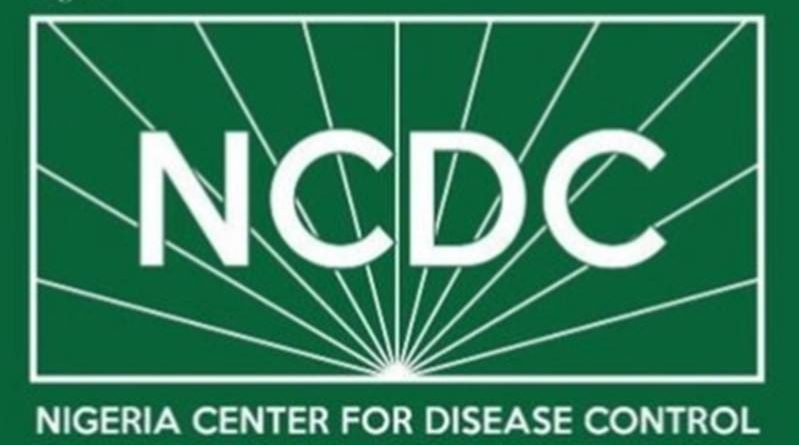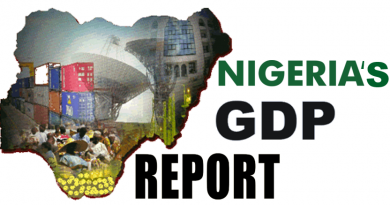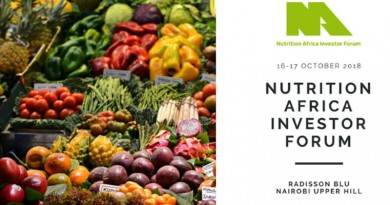Nigeria Centre for Disease Control partners WHO to contain Lassa Fever Outbreak in the country
“Contracting Lassa fever was a very bad experience”, says 41 years old Marian Oyinbor, a resident of Ekpoma, Esan West Local Government Area (LGA), Edo state, who was treated for Lassa Fever – a haemorrhagic disease which has killed 98 people in Nigeria in 2022.
For Marian and her household, it is an experience she would not like to re-live because she and 4 of her children were infected with the virus and were hospitalized at the Irrua Specialist Teaching Hospital (ISTH), in Esan LGA.
“After the experience, I have been taking extra care of keeping my family safe by preserving our foods very well, washing my hands always and improving on personal and environmental cleanliness. I have been preventing rats from my house”, she said.
Lassa fever is a transmittable disease. An infected person can infect others who come in contact with the infected person’s body fluid.
For 41 years old Akhiria Ernest, residing in Irrua, Esan Central LGA, in Edo state, his infection was not a severe case, as it was detected early.
“I was quite ill, but was placed on treatment early. Lassa fever is a deadly disease, but is treatable when presented early. I have since been maintaining good infection prevention control measures, ensuring rats are not living in my house and proper preservation of food stuff, he said.
Sensitization to combating disease
Lassa fever, endemic in Nigeria, has infected 540 people in 21 states and the FCT since the beginning of the year. Cases of Lassa fever often increase during the dry season, between November and May. Each year, Nigeria records dozens of confirmed cases and deaths including those of health workers.
As part of the response to contain the outbreak, the Nigeria Centre for Disease Control (NCDC), closely working with the World Health Organization and partners has activated a national Lassa fever multi-partner, multi-sectoral Emergency Operations Centre (EOC) to coordinate response activities at all levels.
In combating this year’s outbreak, WHO is supporting the Government to coordinate technical assistance and operational support of partners including deployment of OneHealth Rapid Response Teams (NRRTs) to most affected LGAs. WHO has also mobilized experts to intervene in investigations, contact tracing, risk communication, and plans are underway to strengthen efforts to further assist Nigeria in controlling the outbreak.
“The major responsible for the transmission of Lassa fever among health care workers is the poor compliance to with IPC measures”, says Dr Ekaete Tobin, – who works at Irrua Specialist Teaching Hospital, Esan central LGA and have been treating patients with Lassa fever for 11 years.
Dr Tobin said WHO has been invaluable in protecting the Lassa fever ward staff by providing Personal Protection Equipment (PPE).
“The disinfectants and waste management commodities have greatly enabled environmental cleaning and waste segregation, ” he added.
Additional to PPEs, WHO donated coveralls, facemasks, face shields, hand sanitizers, and bin liners to ISTH (which serves as Lassa virus testing laboratory and case management centre), as part of its support in combating the disease donated.
Coordinated response
In the current outbreak, Edo state has the second highest cases reported in the country.
To reduce the prevalence rate in the state, the WHO Edo State Coordinator, Mrs Faith Ireye, said the state has embarked on vector control (deratization) using an integrated approach involving the One Health team.
“WHO and partners are working alongside the state ministries of Health, Agriculture and Environment, and waste disposal, using the one health approach to achieve control of vectors that carry the disease.
“We have carried out the deratization in 110 communities eight high/medium risk LGAs. 8912 households were reached, and 2231 rodents were destroyed, 560 of which were the Mastomys rats. We have also been conducting Lassa fever sensitization campaigns using for key informants, traditional rulers, other stakeholders, and contact listing and daily follow up in eight high/medium risk LGAs. Information, Education and Communication (IEC) materials have been printed and distributed to LGAs”, she said.
Mrs Ireye added that WHO has been supporting the state to also ensure infected people have access to quality health care services.
As at 27 February 2022, 73% of the cases are from three states Ondo, Edo, and Bauchi. Other States affected are Benue, Taraba, Kogi, Oyo, Ebonyi, Kaduna, Plateau, Cross River, Katsina, Plateau, Nasarawa, Gombe, Kogi, Enugu and Delta.




